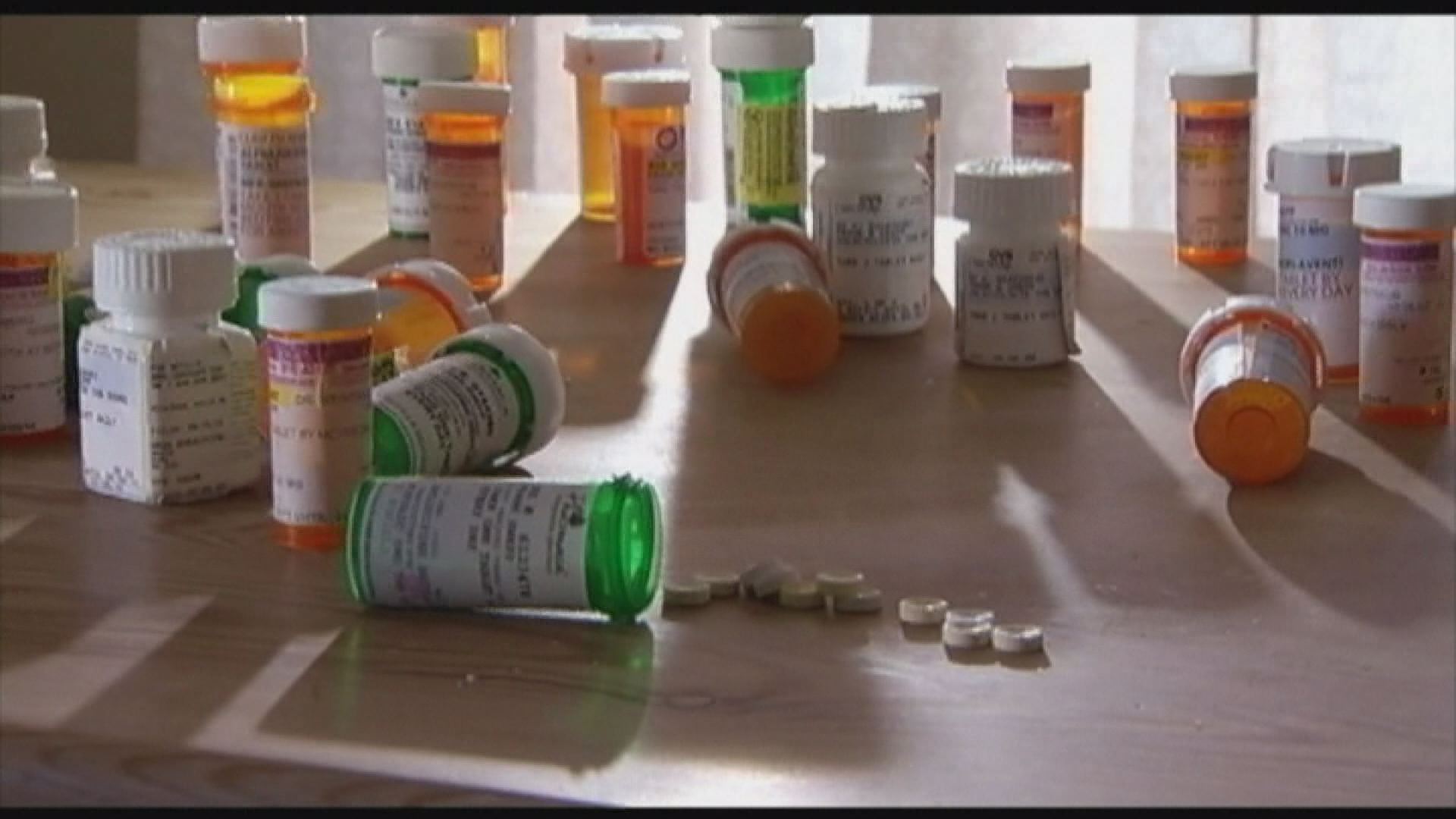BUFFALO, N.Y. - Doctors are on the front lines in the battle to stem the deadly epidemic of opioid abuse with prescription painkillers and the cheaper street equivalent of heroin. But it's been pointed out they have also been an acknowledged part of the problem with too many prescriptions for painkillers for too many patients that can become addicted.
Now there's a growing effort to make sure doctors can effectively help patients control pain without turning to these prescriptions.
A local ER doctor says a few years ago he used to see one case a week of someone using NARCAN to be revived and recover from an opioid drug overdose but now he can see ten cases in one shift in the ER. Dr. Nancy Nielsen of UB Medical School shares that grim reminder of the escalating epidemic tied to prescription painkillers or heroin.
The common concern has been that patients may unwittingly become hooked in the sincere effort to control their pain by doctors who have been according to Dr. Nielsen "prescribing too much for too long. So that's the education that we haven't done as well."
And that's why UB Medical school and others around the country are now evaluating their instruction for med students and especially residents. That is doctors in training who can write prescriptions. Med school officials want to make sure they're fully aware of the dangers.
They may have a scientific knowledge about the drugs' effects on the body but what about pain management? Dr. Nielsen says
"The students are taught the biochemical structure. They're taught the bio-equivalence of different drugs. What maybe we didn't do as good a job on is saying there are other non-medicine alternatives to pain. Physical therapy, chiropractic, massage therapy...there are things that really do help patients. Meditation. Those things have not been taught in medical schools."
Now they will be covered in instruction. And students and residents will be challenged to consider as well how to handle already addicted patients in the future. Nielsen says "Being exposed to it is different from being in a busy office with a patient coming to you for example...who's been on drugs for a long time. And you know there's a problem but how are you gonna get them off?"
The National Institutes of Health named the University of Rochester's Pain Treatment Center as one of the 11 facilities around the country where a training program could be developed as models for medical schools on teaching pain management. That would include treatment without drugs with maybe something like acupuncture.
They hope to stem the tide of more patients becoming addicted with new doctors in new schools of thought when it comes to medical practices.


